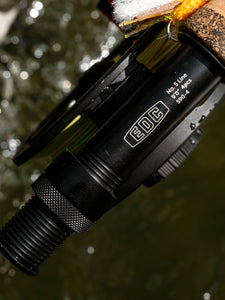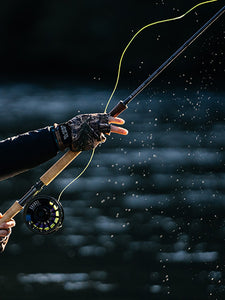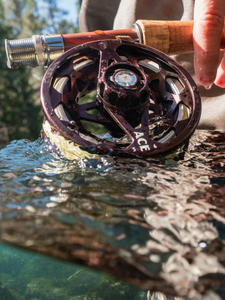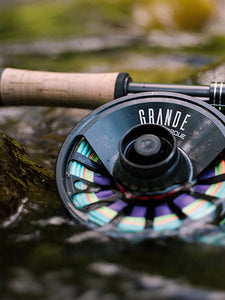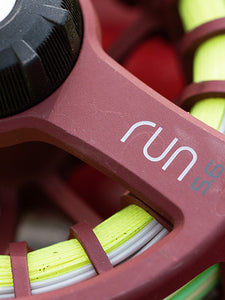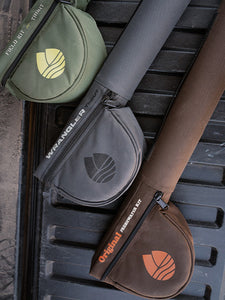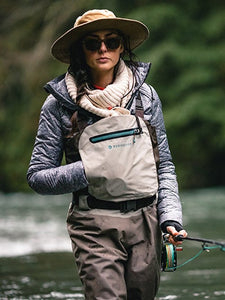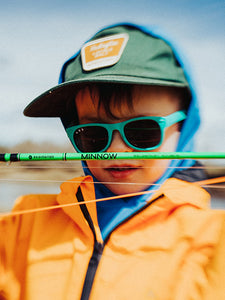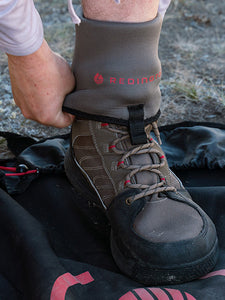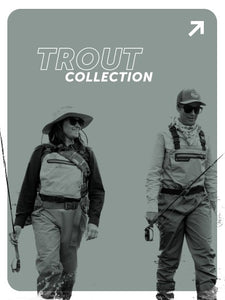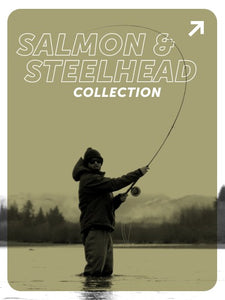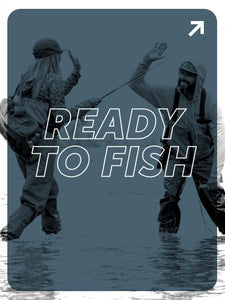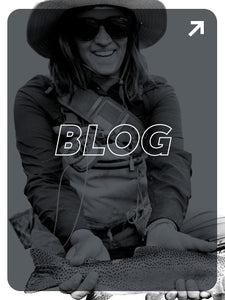
DIY Bonefishing
Summer is knocking at the door and if your plans have you heading off to a tropical destination for any reason, bonefishing could be in your future. From family vacations to budget-friendly fishing trips, DIY bonefishing is attainable to almost anyone near the water. When planning your DIY trip you should start with your computer with in the comforts of your own home. A quick Google search about fishing in the area your going to be is always the best way to start any trip. Next, use google maps to try to predict possible access points or areas to fish. Lastly, YouTube is another place filled with useful and not so useful information. Do your homework and your odds of finding fish will improve.

Yes, that is a lifeguard tower in the background. Start early before the crowds show up.
Once you make it to your tropical destination it’s time to survey the situation. If you are staying on a beachfront property you already overcome the large hurdle of access, but this also means you'll be dealing with crowds. If your plans have you fishing in close proximity to a beachfront resort, make sure you’re on the water early. The early the better to beat both the wind and jet skiers. Bonefish are spooky and as people began enjoying themselves on their vacation, Bonefish seek refuge elsewhere. As the crowds consume the once peaceful beach, many anglers move on or call it quits. If you're confined to the area for one reason or another make sure to always have your rod, as bones or other species will make an appearance throughout the day even amongst the chaos of tourist. If you’re not staying on the water, the first thing you'll have to figure out is where are the possible access points. Once you located an access point, try to work beaches or bars that have sandy shallow bottoms that are adjacent by grassy flats near deep channels. Bonefish are tidal oriented and will work the tide all day. Incoming tides are favorable with fish moving on the flats and for wading. At the first sign of moving water, Bonefish will push up on to the flats and began to search for food. They use the flats as a buffet to eat crabs, shrimp, and little baitfish. Another great way to access possible Bonefish flats is to jump on a bike, rent a SUP, or Kayak. Most tropical locations have a plentiful amount of these items to rent cheaply for the day and by riding or paddling a little way, you can access different water that others might not be able to.

Prize in hand, this little guy was landed of a flat just a short kayak paddle from the hotel.
Look for tails, wake, or shadows, remember bonefish are nicknamed the ghost of the flats for a reason. Once you find fish, the first thing to do is breath and slow down. Too many anglers at this point try to chase fish down or make a cast that is well beyond their ability. These fish are here to eat, so as long as they don’t spook, they’ll most likely be working that flat during the entire tide cycle. Watch where the fish are coming on to the flat and try to position yourself ahead of them, as they come on to the flat. Once you’re in the position it is important to be aggressive, but not too aggressive. They need to see the fly, but can easily be spooked by a bad cast. If fish are moving you need to lead them and cast in the direction they’re heading. If you see fish waking, remember that the wake can be 3-5 feet behind the fish, so adjust your cast according. Once the fly lands don’t start stripping it as fast as you can. Let it sink, take the slack out, and once you feel the fish can see it start making long smooth strips. Count one, two in your head and continue counting, stripping the fly to, one, two. Once the fish is on the fly, continue striping to the beat of, one, two. If the fish loses interest then adjust your striping speed by slow it down or speed it up to invoke a strike.
The go anywhere Bonefish outfit
Bonefish vary in size. From trout size to scary big, so if you're only going to have one rod for the job the 890-4 PREDATOR is up for the task at hand. Designed with an easy loading tip for those up close shots and added material in the butt section to drive the fly into the wind. The 890-4 PREDATOR is the do all Bonefish rod, pair it up with the sealed carbon drag system found in the GRANDE, and you can rest assured that your equipment can handle any job. The only question is, are you able to make the cast?

Bonefish feed here.
A successful day on the flats requires you to bring the right gear. The size rod you bring should be depended by your tropical destination and the size fish you plan on casting to. Bonefishing can be done with anything from a 6-10 weight rod but, a 9 foot 8 weight will be your do all bonefish set up. Pair that up with a tropical floating line, as your typical trout line will wilt in the heat and you should be good to go on must Bonefish flats. A large arbor reel with a good drag and at least 200 yards of backing, is ideal. When it comes to flies, make sure you have an array of shrimp patterns, smaller crabs, and small baitfish patterns. If you are limited on space, pick your top three patterns that you feel confident with. Have them in multiple weight size and colors to cover the different conditions you might face. Too many DIY anglers will only bring one style of fly in only one weight, limiting where and when they can use that pattern. Make sure you have plastic bead chain eyes for shallow flats to large heavy dumbbell eyes for deeper flats or fast-moving water. It never hurts to have a few with weed guards as well. Color selection is less complicated. The basic colors to have in your box is tan, olive and burnt orange for broken bottoms. If you're on a sandy white hard bottom, go with a soft pink and white shades. Attached any of these flies to a 10' 12lb leader and you're ready to hit the flats.

Bring different variation of shrimp patterns.
Quick review, on how to make your DIY fishing experience an enjoyable one. First off, do your homework, try to plan your trip around the tides and moon phase. Locate where you want to fish and how you plan to access those areas. Start early, but don't give up as the wind and crowds increase. Come prepared, make sure you have the right flies and gear for the area you plan on fishing. Lastly, don't stress it. If you can only fish for an hour right in front of your resort, make the best of it. You never know what you might come across.
